- The CA Voice
- Posts
- Introducing: The CA Voice!
Introducing: The CA Voice!

A newsletter brought to you by the Speech Department at Children’s Academy
In this newsletter:
July 2024
Welcome to Summer Session!
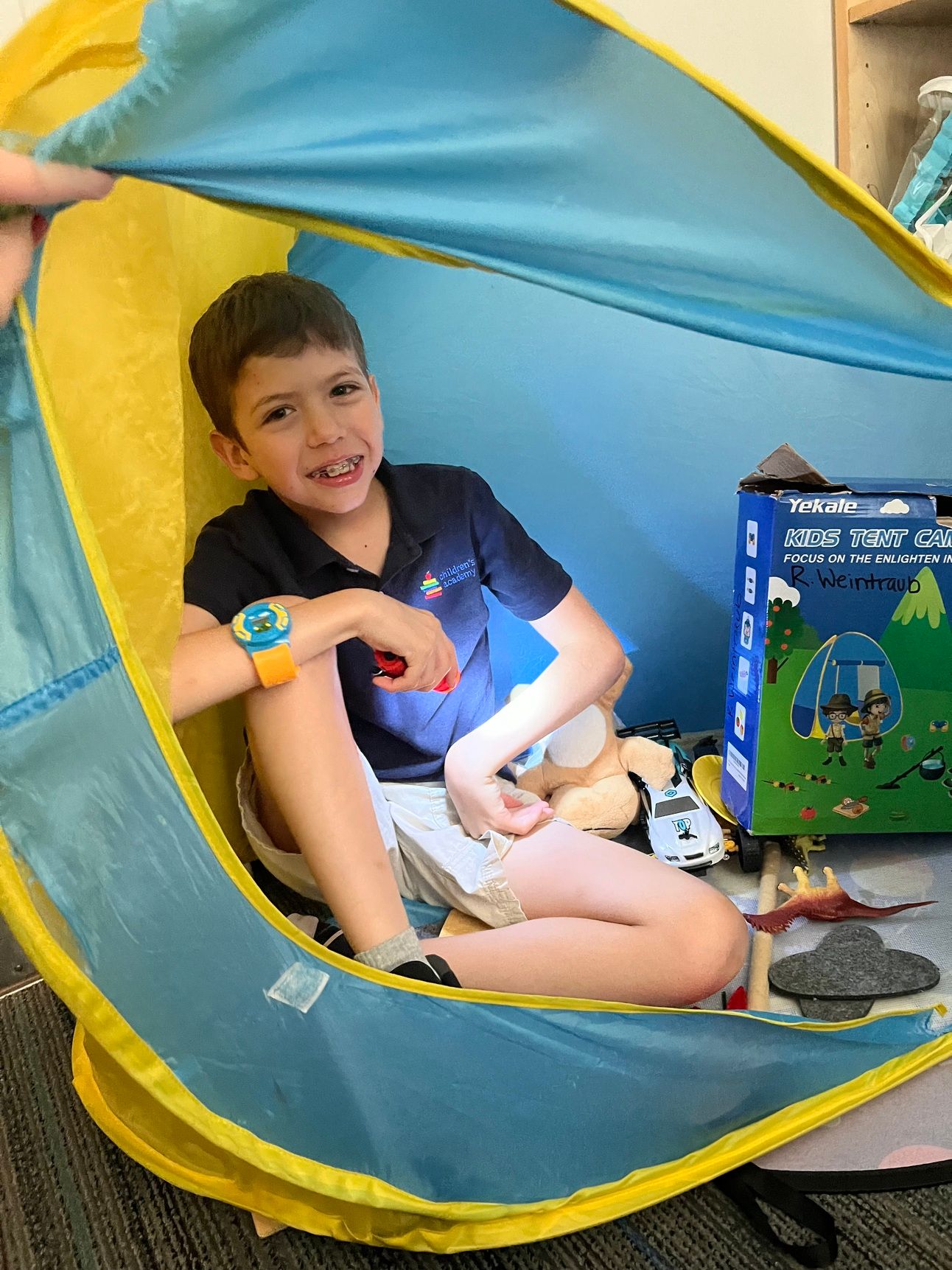 Clamping! (classroom camping) | Students spent the start of the session getting acquainted with their new classrooms and teachers, while making some time for summer fun! Upper school celebrated Fun Friday at the sprinkler park and continued their work at the snack cart. During social group, lower school students had fun “camping,” and chatting about the beach! |
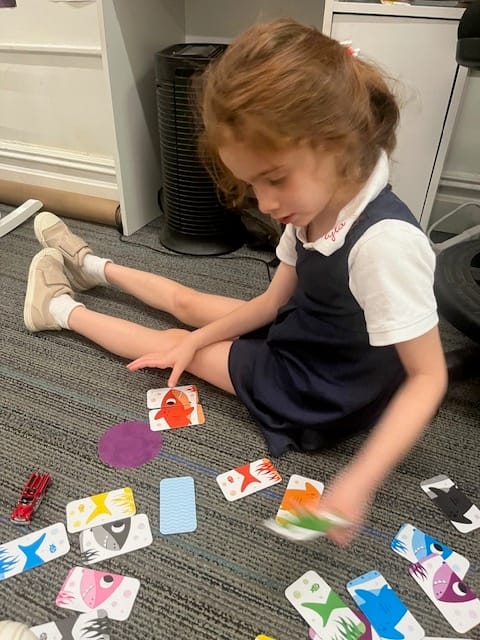 Gone fishing 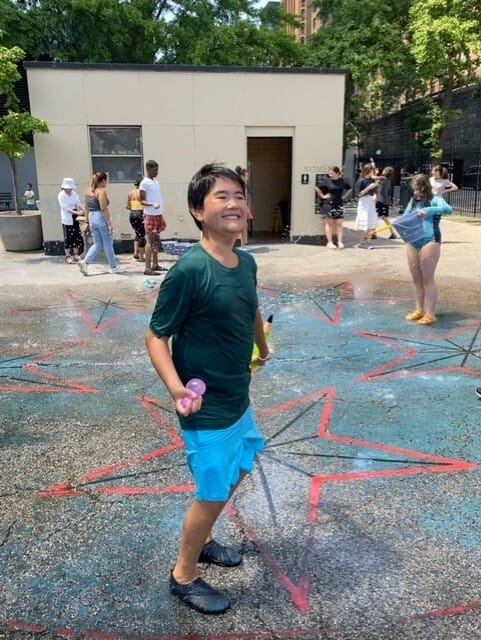 The sprinkler in a heatwave hits different 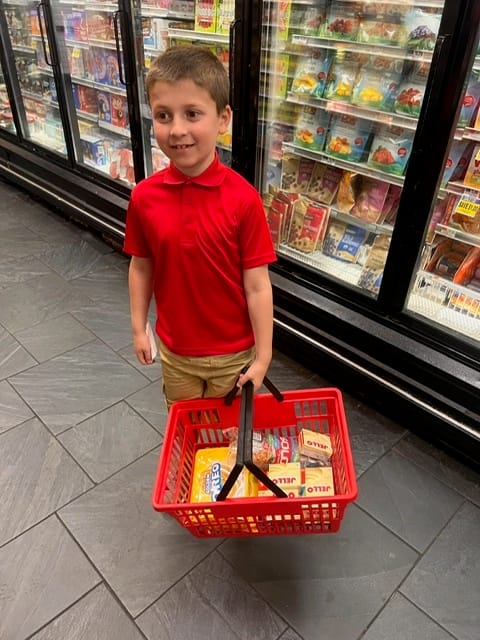 Shopping for the essentials | 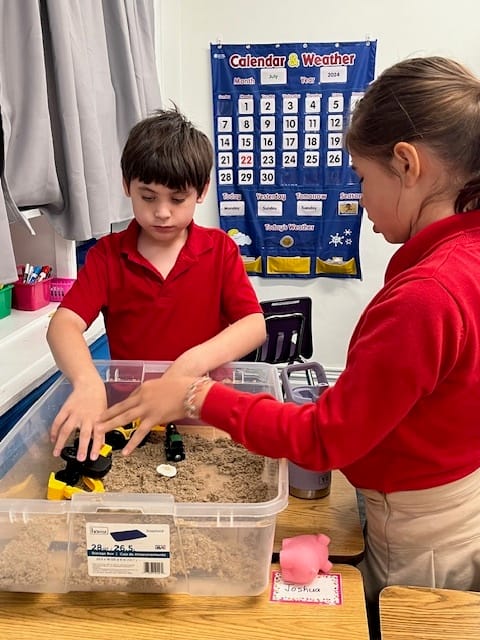 Keep on truckin’ 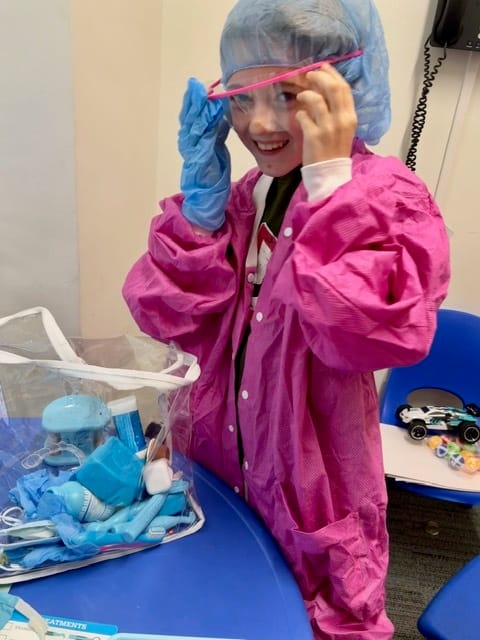 Paging Dr. Karina! 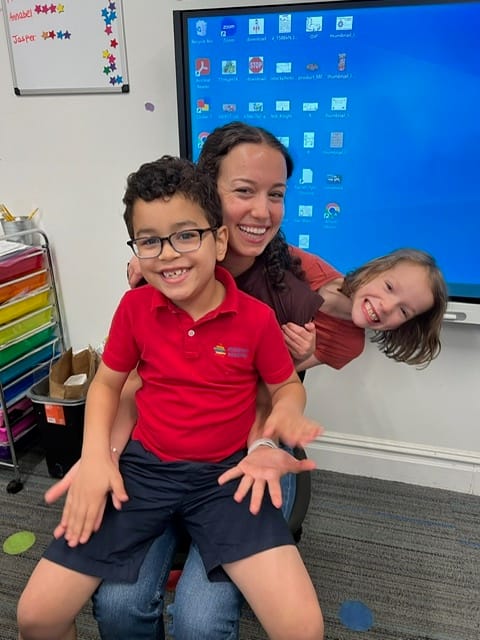 Everybody loves Copelyn! | 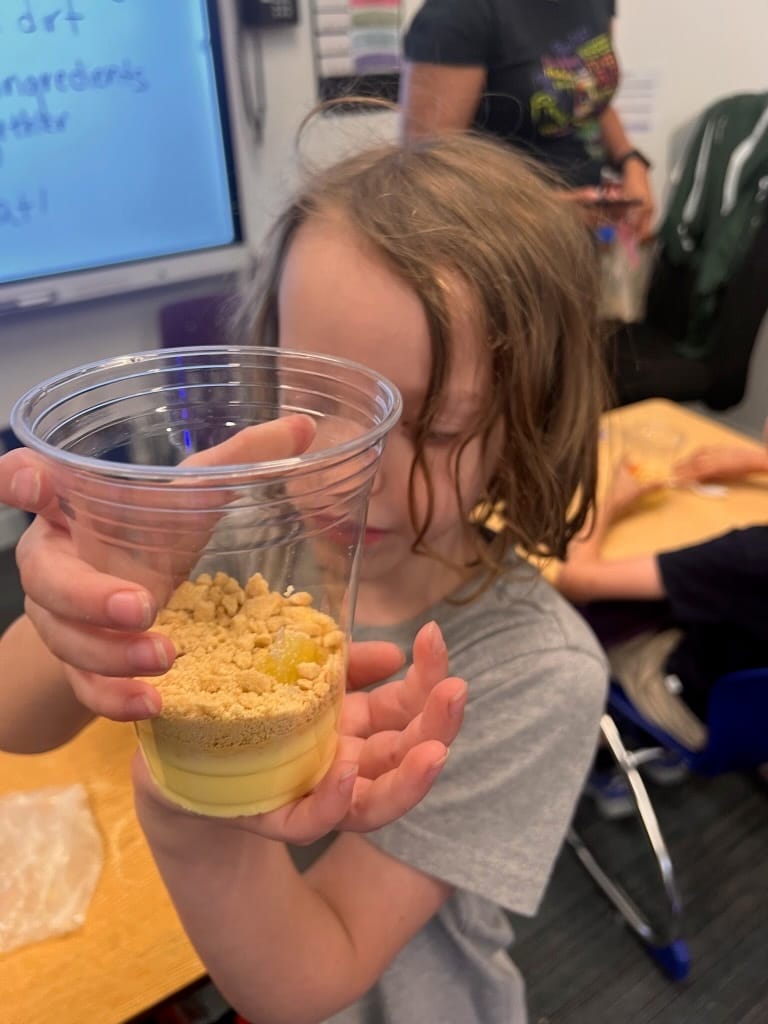 Edible sand! 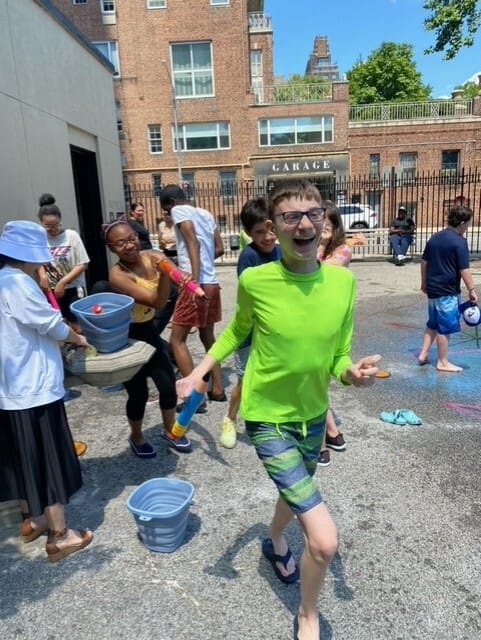 Waterpalooza! 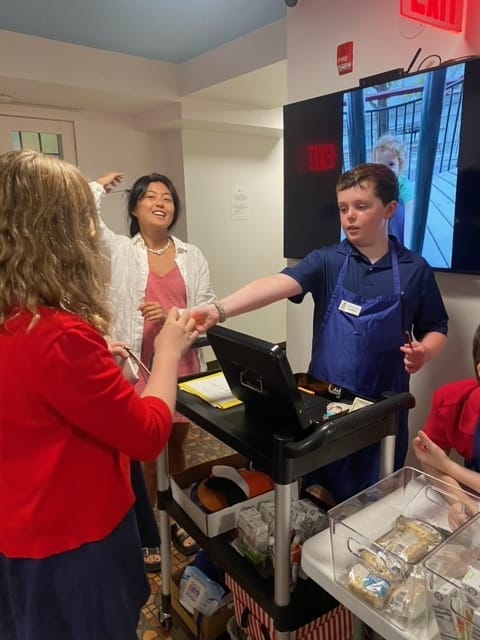 The snack cart is back! |
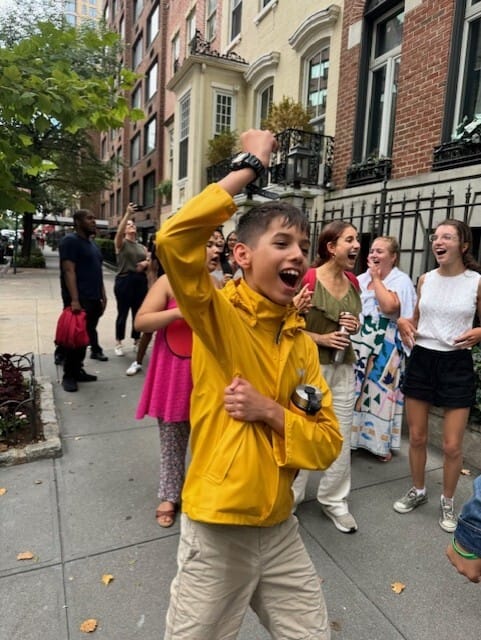 A quick walk in the rain | 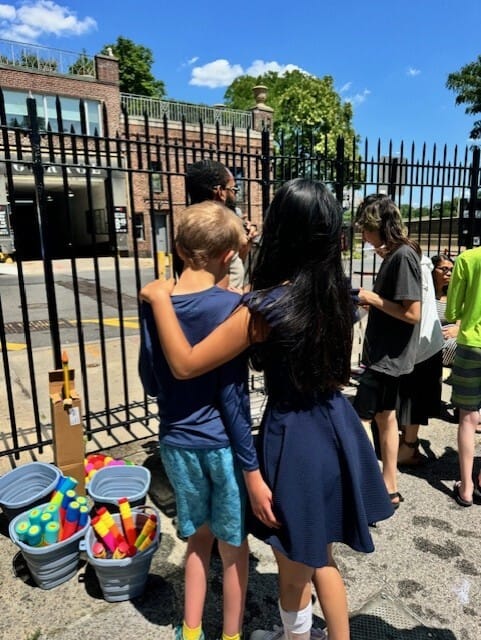 Friends that play together stay together |
A Note From the Director
 Elizabeth Knapp, CCC-SLP | Hello, CA Community! I am so happy to introduce myself as the new Director of the Speech-Language Pathology Department at Children’s Academy. I have been working as a middle/upper school SLP for the past two and a half years. More recently, I have been serving as the school’s Education Liaison, where I was able to support SLPs in the classroom setting. I am passionate about classroom-based service delivery, as well as the connection between language development and literacy. I have a background in communications/journalism, and before making the career change to speech-language pathology, I briefly worked as a writer. |
I am especially excited to incorporate all of my skills and passions into this role as Director. I’m looking forward to working more closely with CA students, parents, and staff!
Warmly,
Elizabeth Knapp
Introducing: The CA Voice
Children’s Academy is made up of a team of highly skilled professionals, and as a speech and language school, the speech department plays a vital role. We are a department of 12 extremely passionate and talented SLPs, and it is my hope that through this newsletter, we can showcase what we do on a daily basis. |  |
In each issue, I hope to spotlight members of our department, as well as our students — both of whom are doing amazing work every day. Additionally, I plan to shed light on a hot topic in our field and provide tips for families to help support their child’s speech and language skills at home.
As our student population is incredibly diverse, it’s important to note that not every topic or tip shared will apply to every child, but the hope is to provide a range of topics so that over the course of the year, our families will feel well-informed and well-supported.
I am really excited to launch The CA Voice, and even more excited to see how this project evolves. If you have specific questions, feedback, or suggestions for future issues of the newsletter, please feel free to reach out at: [email protected].
SLP Spotlight: Hannah Snider
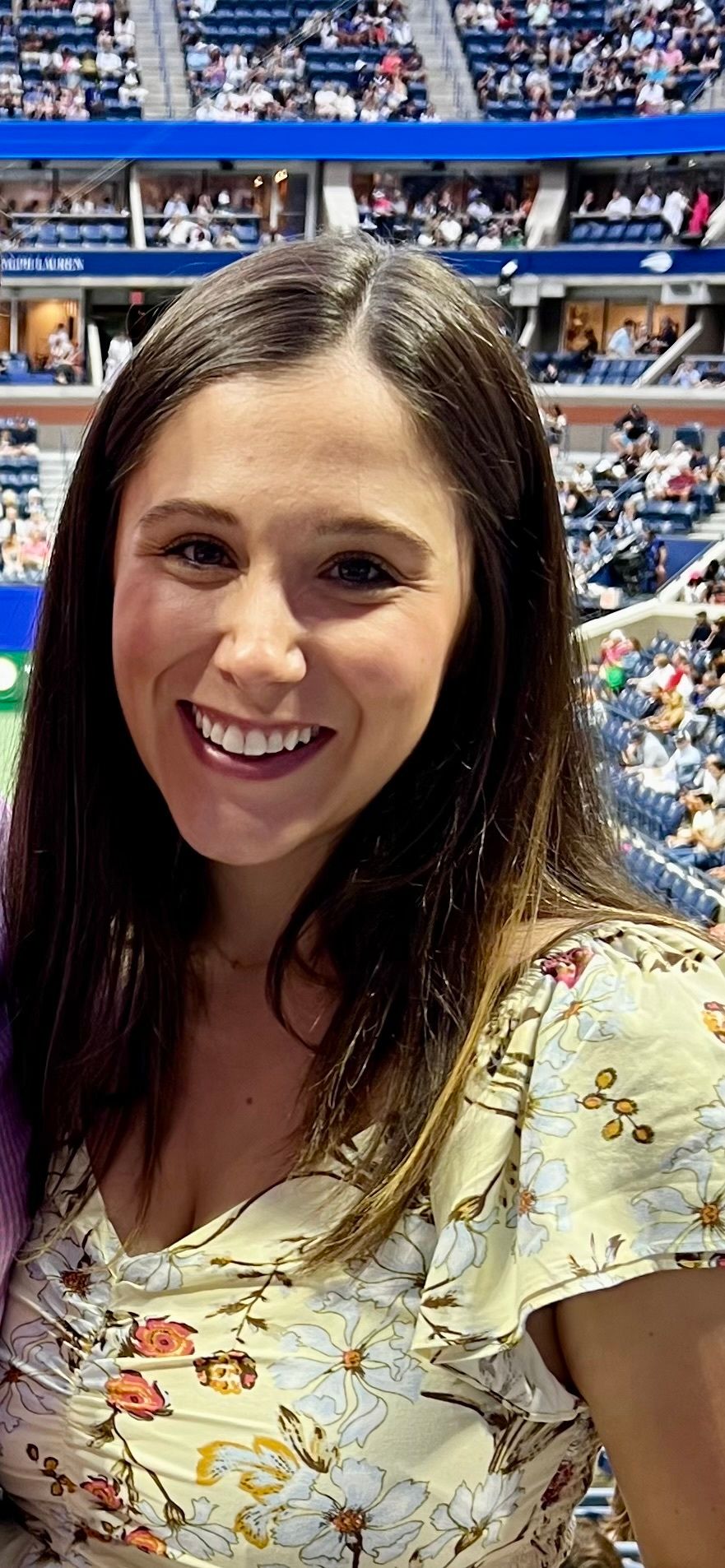 Hannah Snider, CCC-SLP | Hannah Snider has been an SLP at CA since 2020. She currently works primarily with 4th graders, but she has worked with a wide range of students from preschool to middle school. Hannah's areas of interest and expertise include treating pediatric language disorders and supporting the language development of students who use gestalt language processing. She is especially passionate about collaboration with other professionals to support each student's unique needs. Her favorite part about working at Children's Academy is developing lasting relationships with her students and supporting their communication across all parts of their day. When she's not at work, Hannah likes to cook, play with her eight-month-old daughter, and cheer on the Georgia Bulldogs football team! |
Topics in Speech-Language Pathology: Gestalt Language Processing
Because the field of speech-language pathology is constantly evolving, SLPs are required to stay on their toes. In the last few years, the buzziest topic has been Gestalt Language Processing. Often used synonymously with scripting or delayed echolalia, Gestalt Language Processing is a way of developing language that is different from the more universally recognized Analytic Language Processing. Instead of starting with sounds and words and building up to phrases and sentences, Gestalt Language Processors (GLPs) develop language the other way around, starting with long, scripted phrases and eventually break it down to single words. |  |
Before we dive in, let’s start with my favorite way to break the ice: a quick vocabulary lesson! “Gestalt” comes from German, and can be loosely translated to “arrangement” or “whole.” In psychology, the word is used to express the idea that the whole is different than the sum of its parts.
In language, a gestalt is a multi-word string or chunk of language that a speaker hears from other people, TV, movies, or other media. Speakers use it as a way to communicate before having knowledge of its internal structure (i.e., the words that compose the gestalt). Over time, and with appropriate support, the child is able to break down or “mitigate” these longer strings of language in order to put individual words together to create novel phrases.
In language, a gestalt is a multi-word string or chunk of language that a speaker hears from other people, TV, movies, or other media.
In terms of meaning, gestalts are typically not literal, and often based on the context in which the phrase was originally used. For example, “Are you okay?” could mean “I’m hurt!” since this is the context in which the child typically hears the phrase. Oftentimes, it is less straightforward and can require a bit of detective work to understand the script’s origin, as well as the intention behind it.
The GLP framework was a combined effort, with preliminary research published by Dr. Ann Peters and Dr. Barry Prizant in the 70s and 80s. Marge Blanc’s 2012 book, Natural Language Acquisition on the Autism Spectrum: The Journey from Echolalia to Self-Generated Language. Recently, Alexandria Zachos has published more literature and created a course for SLPs (which many CA SLPs have taken!).
So… you may be asking, what does speech-language therapy look like for GLPs?
Intervention for GLPs is first and foremost built on a genuine connection with the child, so the therapist can effectively follow their leads and interests and create targets that are meaningful. Therapists honor all communication attempts as well as the possible intention behind it. This is often accomplished by repeating what the child says, offering choices, and modeling language without pressuring the child to immediately use new targets. SLPs know not to always think literally, and are often able to identify a gestalt by its intonation.
Intervention for GLPs is first and foremost built on a genuine connection with the child.
In GLP language therapy, parents and caregivers play an important role, as their knowledge and expertise can help SLPs understand more about the child’s interests, wants, and media consumption (from which gestalts are often derived). Lastly but importantly, sensory strategies are incorporated into speech-language therapy in order to support the child’s ability to regulate, which also yields more – and more meaningful – language!
It’s also important for SLPs to determine which of the six stages the child is in. Stay tuned for a future deep dive into the stages of Gestalt Language Processing!
Overheard at CA
 | SLP: Who should we invite to our talent show? Lachlan: We should invite…. Taylor Swift! And Billie Eilish! And Drake! Lachlan is a 6th grader and verbal communicator. |
Do it at home: Parallel Talk
It’s so important to create a language-rich environment to provide consistent models for your child. One way of doing that is parallel talk! This simply means narrating what you are doing. For example, if you are making your child lunch, you could say, “Now, I’m going to add the cheese. Oh, that stove is hot!” This gives children a concrete way to connect language to actions and ideally they will start using parallel talk too. |  |